Environmental and Social Material Topics
Overview of Material Topics
In 2022, based on the GRI Standards as revised in 2021, Canon identified the material topics outlined below by considering the environmental and social impacts of Group activities - both positive and negative, direct and indirect. Topic identification was based on management discussions and the four-step processes described below.
Step 1:
Identify social issues using various indicators, including different international frameworks and sustainability surveys, and based on direct dialogue with stakeholders
Step 2:
Gauge the impact that Group business activities and actions taken in line with the medium- to long-term management plan have on the environment and society
Step 3:
Evaluate the significance of the impacts for each of the issues
Step 4:
Validate the selections and priorities in the assessment results through dialogue with external sustainability experts
To confirm the suitability of material topics, Canon conducts an annual review of surveys of sustainability trends from countries and regions worldwide, together with an analysis of related regulatory systems.
In 2024, Canon also began reviewing material topics in terms of compliance with global sustainability disclosure standards as set out by the International Sustainability Standards Board (ISSB) and the European Sustainability Reporting Standards (ESRS).
Targets and Results for Identified Material Topics
- Environmental domain
- Social domain
Environmental domain
★: Target met, good ☆: Target partially met
| Material topics | Significance | Goals | Main targets | Results, achievements in 2024 (KPIs) | Status |
|---|---|---|---|---|---|
Climate change
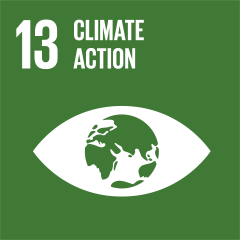 |
Very important | Achieve net zero GHG emissions over entire product lifecycles by 2050 | In line with SBTi criteria, reduce Scope 1* & 2* GHG emissions by 42% and Scope 3* (category 1, 11) GHG emissions by 25% compared to 2022 by 2030 | Reduced Scope 1 & 2 GHG emissions by 12.8% and Scope 3 (category 1, 11) GHG emissions by 17.7% compared to 2022 | ★ |
| Lifecycle CO2 emissions improvement index per product 3%-per-year average improvement, 50% improvement in 2030 compared to 2008 | Annual average of 3.76% (2008-2023) | ★ | |||
Resource efficiency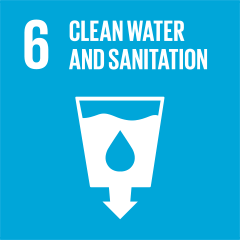 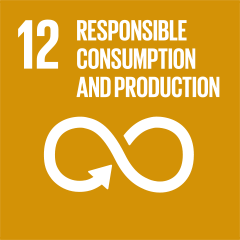 |
Very important |
|
Total waste generation per basic unit: 1% improvement | 2.2% improvement | ★ |
| Resource recycling rate for printing products in 2025: 20%. In 2030: 50% | Approx. 17% | ☆ | |||
Chemical substances  |
Very important | Careful management of chemical substances in products and in manufacturing | Emissions of controlled chemical substances per basic unit: 1% improvement | 0.9% deterioration | The target has not been achieved due to the deterioration of efficiency resulting from factors such as increased usage accompanying quality improvements from the cleaning process. We aim to achieve the target through thorough management of emissions suitable for the processes. |
| Prohibit inclusion of designated chemical substances in products one year before ban | No prohibited substances in products | ★ | |||
Biodiversity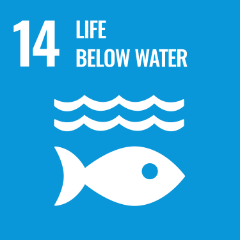 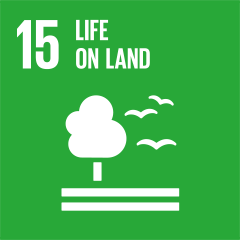  |
Important |
|
"Consideration for biodiversity centered on operational sites": Ascertain impact of business activities on biodiversity, conserve animal and plant habitats around operational sites |
|
★ |
| water usage per basic unit: 1% improvement |
0.6% improvement | The target has not been achieved due to the deterioration of efficiency resulting from factors such as an increased production ratio of products with high water usage. We aim to achieve the target through thorough management of usage suitable for the processes. |
Social domain
★: Target met, good ☆: Target partially met
| Material topics | Significance | Goals | Main targets | Results, achievements in 2024 (KPIs) | Status |
|---|---|---|---|---|---|
Human rights and labor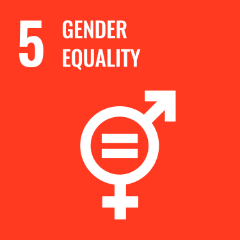 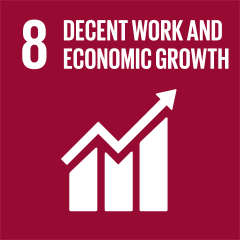 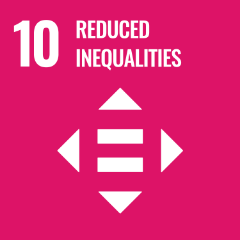 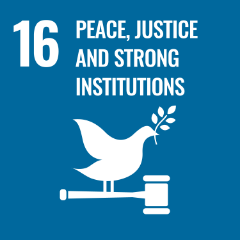 |
Very important | Respect the human rights of all stakeholders involved in Canon's business activities | Mitigate risks by conducting human rights due diligence |
|
★ |
| Environments that maximize the individuality and potential of employees, ensure mutual respect for diversity, and empower employees | Canon Inc.: Increase ratio of female managers by 3x by end-2025 from 2011 level | Ratio of female managers at Canon Inc.: 4.2% | ★ | ||
| Canon Inc.: Increase ratio of male employees taking childcare leave to at least 50% by end-2025 | Ratio of male employees taking childcare leave at Canon Inc.: 64.6% | ★ | |||
| Safe, secure workplace environments for employees | Canon Inc. and Group companies in Japan: Eliminate all types of machinery-related accidents (0 cases) | Canon Inc. and Group companies in Japan: All types of machinery-related accidents (2 cases) | Although accidents occurred and the target was not met, we are putting measures in place to prevent recurrence and continue to conduct risk assessments, aiming to achieve the target | ||
| Canon Inc. and Group companies in Japan: Eliminate accidents caused by highly hazardous chemical substances (0 cases) | Canon Inc. and Group companies in Japan: Accidents caused by highly hazardous chemical substances (0 cases) | ★ | |||
Sociocultural support activities 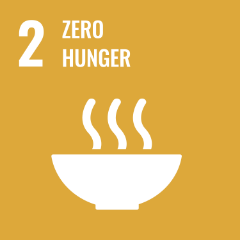 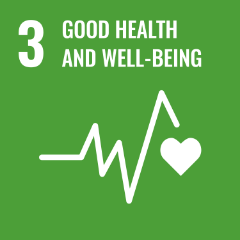 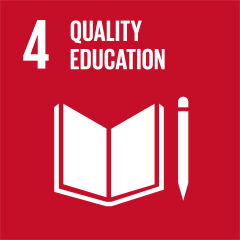 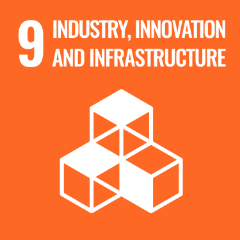     |
Important | Contributing to the realization of a better society as a good corporate citizen | Promote sociocultural support activities in global and local communities by leveraging the Group's advanced technological capabilities, global business development expertise, and diverse, specialized human resources |
|
★ |
- * Scope 1: Direct emissions (city gas, LPG, light oil, kerosene, non-energy-related greenhouse gases, etc.)
Scope 2: Indirect emissions (from use of electricity, steam, etc.)
Scope 3: Supply chain-related emissions (emissions from purchased goods and services, upstream transportation and distribution, and utilization of sold products).
| Material Topics (PP10-11) (1.0MB) |
